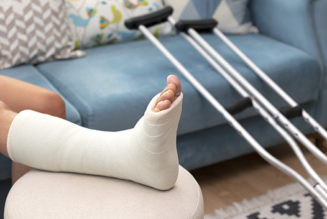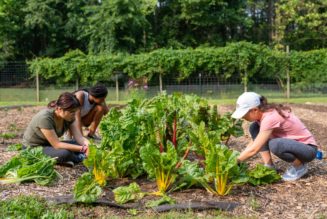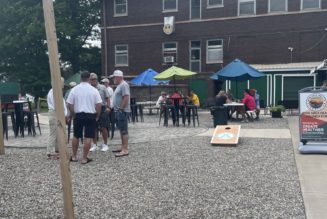By: Michelle J. White, MD, MPH, FAAP
Parents and caregivers want their homes to be safe, healthy places for children to grow up. But what about the hours our kids spend away from home? Do settings such as schools, parks, playgrounds and public buildings have an impact on our kids’ health, too?
Decades of research say the answer is yes. In fact, we’re discovering new things about the human-made environment and childhood health. What we’re learning can affect kids as they’re growing up, but well into their adult lives, too.
The American Academy of Pediatrics (AAP) recommends ways families, doctors and communities can work together to improve shared spaces where kids live, study, play and relax. Our goal is to shed light on health issues in our communities and the steps needed to protect all children.
What is the “built environment?”
Even if your kids are growing up near forests, plains, mountains or shorelines, chances are they spend most of their time in spaces built by humans. Experts who design communities call this the
built environment.
The built environment includes everything from our homes, schools, shops, libraries and other public areas to outdoor spaces such as streets, parks and sports fields. It also includes power and water systems that support our shared spaces, along with roads, highways and other transportation networks that move us around.
What can healthy community design provide kids?
Too little time outdoors is a health issue in itself. But we need to think more broadly about the human-made world where our children live. We can start by asking if the built environment gives them what they need to grow and thrive. For example, this means access to:
-
Safe spaces to run, play and hang with friends
-
Ways to get around that keep them active
These healthy benefits seem so basic that we might take them for granted. But in many communities, they are out of reach for children and teens. And if you’re thinking, “That isn’t true where we live,” read on. The truth is, child health hazards can exist anywhere—even places we assume are safe, green and healthy.
How has the built environment raised children’s health risks?
Over the last 100 years, millions of Americans have moved away from cities to suburbs and more distant areas (sometimes called “exurbs”). Starting in the late 1940s and early ’50s, our government fueled this trend with tax breaks and new roads. This made life away from urban centers more appealing and affordable.
Newly built communities offered families more personal space while protecting them from urban sources of water, air and
noise pollution. Yet, the built environment in these communities created new barriers to healthy living, especially for children and teens. For example:
-
Over time, sprawling neighborhoods separated by busy highways made it less likely that kids would walk, bike or skateboard to
school or a friend’s house. -
Long distances between home and school, work, shops and services made families more dependent on cars (and less active overall). This also boosted air-polluting emissions that trigger breathing problems.
-
Materials used in building new homes and keeping
lawns and gardens green and pest-free have exposed kids to
toxic substances that threaten their health.
These are only some of the factors linked with rising rates of obesity, asthma and allergies, and even cancer among children and teens.
Are children in certain areas at higher risk for serious health issues?
Unfortunately, the answer is yes. Kids who live in areas with crumbling roads, heavy vehicle traffic, poorly maintained homes and public buildings (especially schools and libraries) face higher risks. They take in more of the toxins linked with
birth defects, breathing problems, brain and nerve damage and other serious health threats.
Kids in these areas may also have few safe green spaces (or even indoor play spaces) to exercise their growing bodies and spend time with friends—all necessary for managing daily stress. This can lead to higher risks for
obesity and mental health issues, for example.
These are examples of what experts call
health disparities, a term that describes an unfair burden or roadblock that keeps some people from enjoying good health. Factors such as income, race and ethnicity, housing status and home location can make a big difference in child and family health.
Young people living downwind of major roadways with high diesel vehicle traffic—or near fossil fuel drilling or refining sites, power plants or factories—develop asthma at higher rates than kids with access to cleaner air, for example.
How can we tackle built environment health disparities together?
As doctors who care for children’s health, we are concerned about the hazards built into the spaces where children live, learn and play. We are also mindful that climate change—and the floods, wildfires, heatwaves and other weather events it triggers—can be devastating to children’s physical and mental health.
We see many ways we can join with parents, caregivers and communities to protect our children’s health, now and in the future. Here’s a summary of our recommendations:
What communities can do
-
Design, build and maintain
complete streets. Their features can slow down traffic, support safe walking and biking and offer easy access for people with disabilities. -
Prioritize public transport so kids and families depend less on cars to get to work, school, health care centers and other services.
-
Follow zoning practices that encourage a mix of living spaces. Communities designed with offices, shops and recreational areas can give people easier access to everything they need, reducing work and school commutes.
-
Promote and preserve the green spaces. These are not only
healthy and calming for humans, but also helpful in reducing air pollution and
controlling rising temperatures (and the health hazards they pose). -
Work for equitable access to parks, playgrounds and green spaces, making them open to more people and families.
-
Promote access to healthy, affordable food. Provide financial incentives for grocery stores, farmer’s markets and community gardens. This is especially important in neighborhoods where fresh foods are hard to find.
-
Focus on building
climate resilience. Effective stormwater management, wildfire prevention, thorough emergency planning and a strong power grid to keep utilities on when extreme weather events hit can help. -
Follow equitable housing and lending practices that give more people access to living options in healthy neighborhoods.
-
Monitor
gentrification trends. These can push families farther away from places they’re always lived, often forcing them to accept longer commutes and less healthy lifestyles. -
Shape communities around child and family health. Study the possible outcomes of planning, transportation and zoning decisions. Make sure that the well-being of kids is front and center in the choices you make.
How families can get involved
-
Learn more about the built environment in your area. Know about possible health hazards and ask local officials what they’re doing to reduce or remove them.
-
Work with other families to keep green spaces clean, open and free of toxic substances like some weed or bug sprays.
-
Join local volunteer improvement projects. Examples include community gardening, trail maintenance or replacement of older playground equipment that’s no longer safe.
-
Think about the
lawn, garden and
household chemicals you use and shift away from substances known to harm children’s health. -
Start a conversation circle about ways to prevent traffic injuries, reduce environmental toxins and encourage active living in your area. Work with neighbors and friends to make your community a healthy place for kids to grow up.
-
If you’re worried about health issues in the built environment, talk with your child’s doctor to come up with possible solutions.
How pediatricians can help
-
Provide information about active, healthy ways for kids to get around. These include walking, biking or skating to school and other places in the neighborhood.
-
Understand how the built environment may influence a family’s ability to get enough exercise, eat healthfully and avoid toxic exposures. Look for ways to help them recognize health hazards and reduce their impact on the whole family.
-
Join the conversation about community design practices that are healthy for everyone. This is especially important for kids with disabilities and special needs, who may have extra challenges finding safe places to play and avoiding areas that are hazardous.
-
Promote the development of parks, tree-filled areas, sidewalks, bike paths and other areas that support healthy outdoor activities. Support public transportation that reduces toxic emissions (and greenhouse gases contributing to climate change).
-
Advocate for shared-use agreements that pair schools with recreational centers. These can provide safe, well-maintained spaces for kids to run, jump, play sports, ride bikes and spend time with each other.
-
Encourage local hospitals and health care systems to get involved in the drive to create a healthier local environment.
More information
About Dr. White
|
The information contained on this Web site should not be used as a substitute for the medical care and advice of your pediatrician. There may be variations in treatment that your pediatrician may recommend based on individual facts and circumstances.
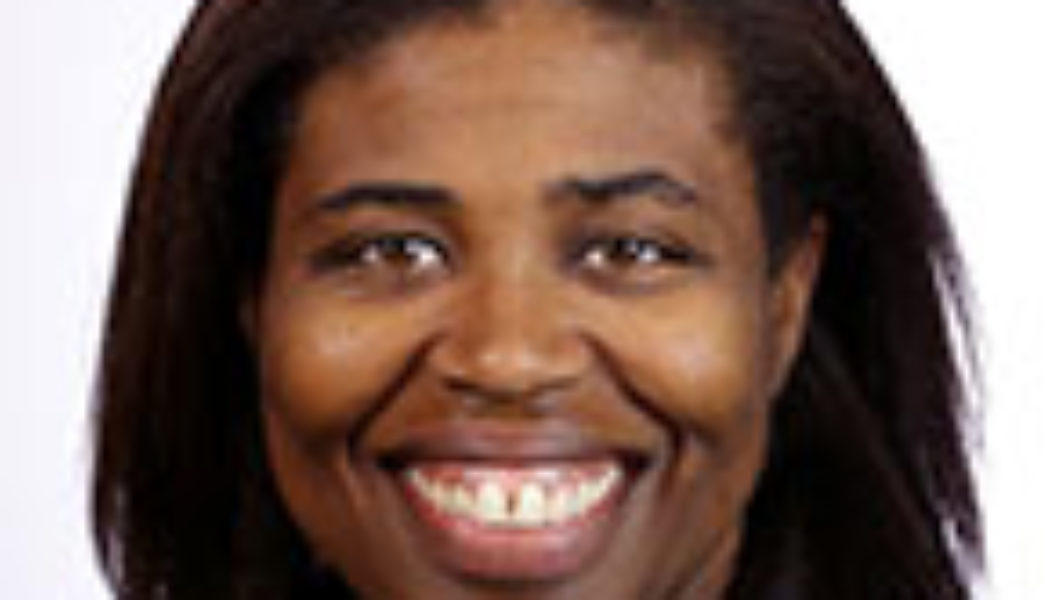
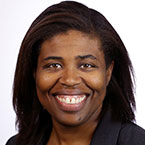 Michelle J. White, MD, MPH, FAAP, is Assistant
Michelle J. White, MD, MPH, FAAP, is Assistant